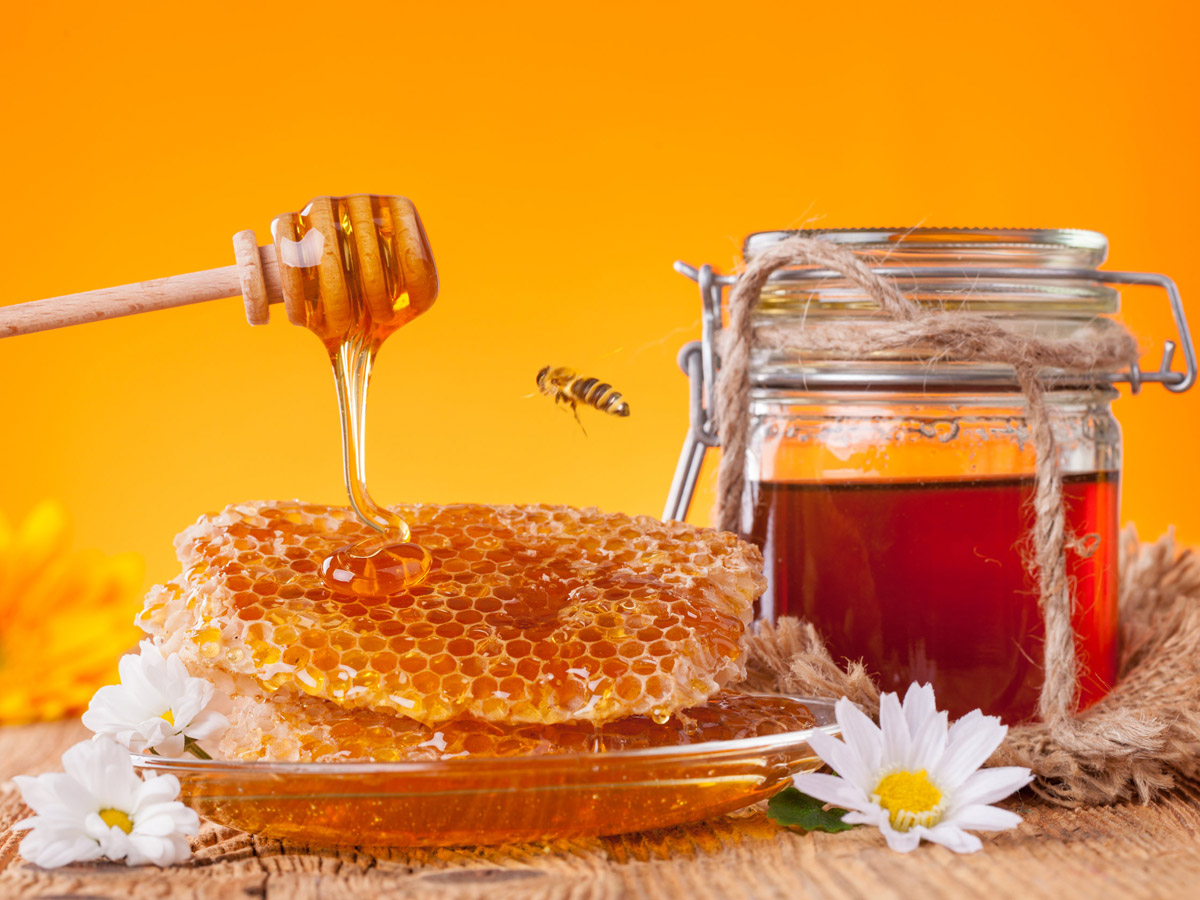The interplay between nature and spirituality offers profound insights into the dynamics of community and individuality within the Bahá’í faith. Among the myriad of symbols that reflect Bahá’í principles, the honeybee stands out as a remarkable emblem of harmony, collaboration, and the celebration of diversity. This humble insect, ubiquitous in its pollination tasks, symbolizes the essence of unity in diversity—a central tenet of the Bahá’í teachings.
In the tapestry of nature, honeybees are the consummate artisans of cooperation. Their existence underscores a vital observation: in an apparently chaotic world, harmonious coexistence is not just possible but essential. The honeybee functions within a sophisticated social structure, epitomizing the principles of collective effort and mutual support. Each member of the hive contributes its unique skills towards a common goal: the sustenance and prosperity of the entire colony. This cooperative behavior serves as an allegory for human society, wherein individuals, despite their differences, can find strength and purpose in unity.
The honeybee’s industriousness and communal reliance invoke deeper philosophical contemplations. Within the Bahá’í framework, the diversity of humanity—encompassing myriad cultures, beliefs, and traditions—is akin to the varied roles assumed by worker bees, drones, and the queen. Each individual, much like these bees, holds inherent value and essential contributions to the greater fabric of society. Therein lies a compelling argument against the tendencies of prejudice and division that often permeate the human experience.
Bahá’í teachings compel adherents to foster an appreciation for this diversity, viewing it as a reflection of the Divine’s creativity. Just as bees collectively collaborate to produce honey—a product that is both nourishing and delightful—so too must people recognize that their unique attributes can enrich communal endeavors. The sweet product of diverse contributions, akin to honey, evokes a sentiment of shared richness and interconnectedness.
Furthermore, the role of the honeybee extends beyond mere cooperation; it serves a pivotal ecological function through pollination, which facilitates the reproduction of plants vital for food production. This relationship between honeybees and flora illustrates another layer of the Bahá’í principle of interconnectedness in creation. It emphasizes that the well-being of one species impacts the flourishing of another, mirroring the interdependence found within the human race. The Bahá’í ideology posits that humanity must embrace a profound respect for all living beings and ecosystems, recognizing that true progress emerges not from self-interest but from a unified approach toward collective upliftment.
The fascinating intricacies of a bee colony also highlight effective leadership dynamics. The queen bee, as the central figure, governs with a distinct purpose—to ensure the continuity and vitality of the hive. Her existence embodies the role of leadership in Bahá’í teachings, which emphasize that authority should be wielded with compassion, responsibility, and a clear focus on serving others. Just as the queen bee operates for the well-being of her colony, leaders in human societies are called to prioritize the needs of their communities, fostering an environment where every individual feels valued and empowered.
Moreover, bees exhibit remarkable adaptability in response to environmental changes. As climate conditions shift and threaten their populations, honeybees adjust their foraging patterns and hive structures to ensure survival. This aspect of their behavior resonates profoundly within the Bahá’í teachings, which advocate for the responsiveness and adaptability of individuals and communities in the face of global challenges. The call for unification amidst diversity also implies that societies must work collaboratively to find solutions to pressing issues such as climate change, inequality, and conflict.
In contemplating the symbolism of the honeybee, one cannot overlook the aesthetic appreciation that accompanies its existence. The beauty of a bee’s delicate form, its intricate movements, and the mesmerizing process of honey production remind us that transcendental experiences can often be found in simplicity. The Bahá’í perspective encourages individuals to seek beauty and spirituality in everyday life, recognizing the sacredness in the tasks commonly overlooked. Just as the bee transforms nectar into honey, individuals are invited to transform daily endeavors into acts of service and devotion.
As society grapples with divisive ideologies and social fragmentation, the honeybee implores a reevaluation of the narratives that shape our interactions. The teachings found within the Bahá’í writings resonate with this plea, advocating for an appreciation of diversity as a means to forge lasting connections. The transformative potential of unity is immense; it has the capacity to foster understanding, nurture empathy, and build bridges over chasms of misunderstanding.
In conclusion, the honeybee epitomizes the essence of Bahá’í teachings. Its existence is a powerful reminder of the beauty of diversity and the strength found in unity. By embodying the principles of cooperation, adaptability, and leadership, the humble bee serves as an enduring symbol of how humanity can thrive when it recognizes its shared purpose and collective responsibility. As we contemplate our roles within the intricate hive of existence, let us draw inspiration from the honeybee, weaving together our diverse contributions toward a vibrant tapestry of human experience.
